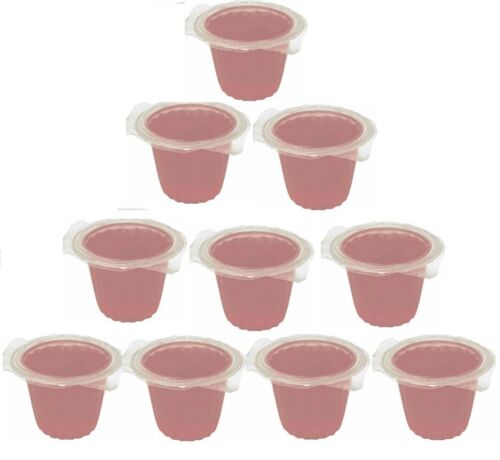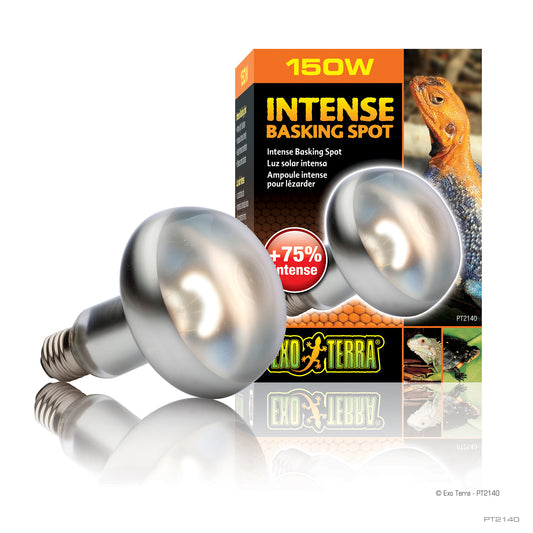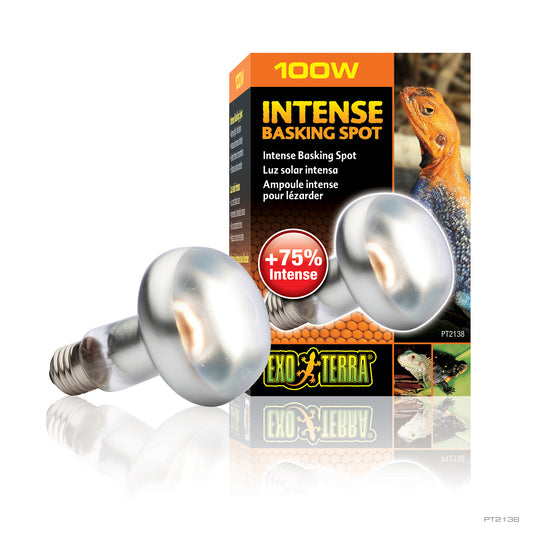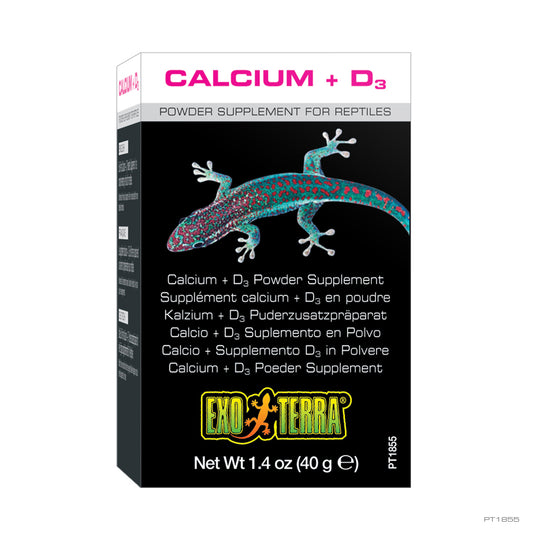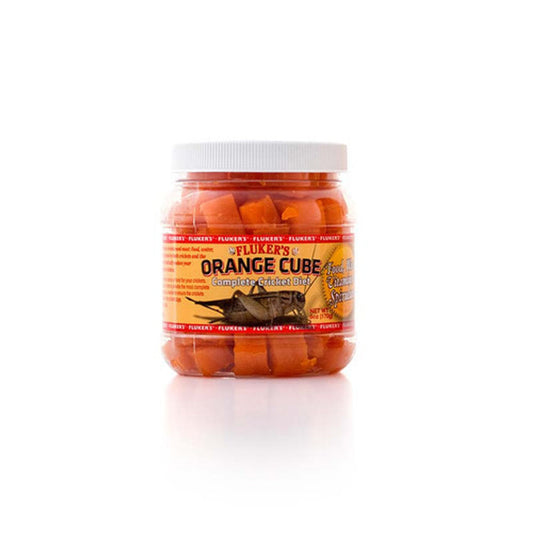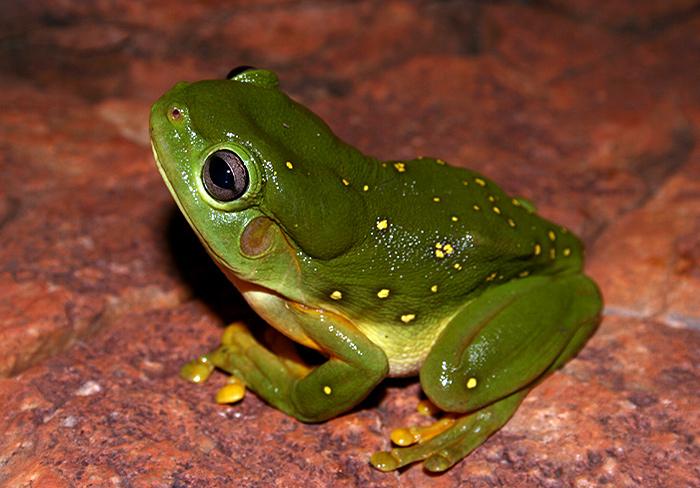
Tree frogs are enchanting creatures known for their ability to climb and inhabit trees, as well as their melodic calls that resonate through forests and wetlands. If you're considering a tree frog as a pet, this article will provide you with a general overview of their characteristics and care requirements.
General Description: Tree frogs belong to various families, including Hylidae and Rhacophoridae, and are found in different parts of the world. They are typically small to medium-sized amphibians with slender bodies, long legs, and adhesive toe pads that enable them to cling to vertical surfaces. Tree frogs exhibit a remarkable diversity of colors and patterns, blending in with their natural environments.
Life Span: The lifespan of tree frogs varies among species. On average, they can live for 5 to 10 years in captivity, though some species may live longer with proper care.
Natural Habitat: Tree frogs are found in various habitats, including rainforests, jungles, and wetlands. They can be found in regions such as Central and South America, Asia, Australia, and parts of Europe. These agile amphibians spend most of their time in the trees, where they feed, breed, and seek shelter.
Average Size: The size of tree frogs depends on the species. While some are quite small, measuring around 1 inch (2.5 cm) in length, others can reach up to 4 inches (10 cm) or more. The Red-eyed Tree Frog (Agalychnis callidryas), for example, is approximately 2 to 3 inches (5 to 7.5 cm) long.
Enclosure Size: When setting up an enclosure for tree frogs, it should mimic their natural habitat and provide enough space for climbing and jumping. A vertically oriented terrarium or vivarium with ample height is recommended. The size of the enclosure will depend on the species and number of frogs you plan to keep.
Temperature Requirements: Tree frogs are ectothermic creatures that require a suitable temperature gradient in their enclosure. The temperature range can vary depending on the species, but a general range of 75-85°F (24-29°C) during the day and a slight drop at night is often suitable. It's important to provide a basking spot with a slightly higher temperature to allow for thermoregulation.
Humidity Requirements: Most tree frogs require high humidity levels to mimic their natural environments. This can be achieved by misting the enclosure daily and providing a shallow water dish for them to soak in. Monitoring the humidity levels and providing adequate ventilation to prevent excessive moisture buildup is essential.
Substrate and Bedding: Select a substrate that retains moisture well and promotes humidity. Options include coconut fiber, sphagnum moss, or a mixture of soil and moss. It's crucial to ensure the substrate is clean and free from pesticides or harmful chemicals that could be toxic to the frogs.
Toxic Substances: Tree frogs have delicate skin that can be sensitive to chemicals, so it's important to avoid using any toxic substances near their enclosure. Avoid using pesticides, herbicides, or cleaning products that may contain harmful ingredients. Additionally, certain plants, such as philodendrons and pothos, may be toxic to tree frogs if ingested, so research safe plant options for the enclosure.
Also avoid essential oils or aerosol sprays/household cleaners containing chemicals and harsh scents. Candles and scented candles or wax melts should be avoided.
Fun Facts:
- Many species of tree frogs have unique adaptations, such as the ability to change color to blend in with their surroundings or display vibrant patterns as a warning to predators.
- Some tree frog species have elaborate vocalizations and engage in choruses, where multiple males call together to attract mates.
- Many tree frogs possess suction pads on their feet, allowing them to climb smooth surfaces and even hang upside down.
- Tree frogs have specialized toe pads that secrete a sticky mucus, enhancing their grip on surfaces.
- Some tree frogs lay their eggs on leaves above bodies of water, and when the tadpoles hatch, they drop into the water below.

Tree frogs make captivating and low-maintenance pets, bringing the beauty and tranquility of the natural world into your home. By creating a suitable habitat that meets their temperature, humidity, and substrate requirements, you can enjoy the delight of observing these arboreal amphibians thrive in their enclosure.
| https://theurbanzoo.myshopify.com/products/reptile-amphibians |


